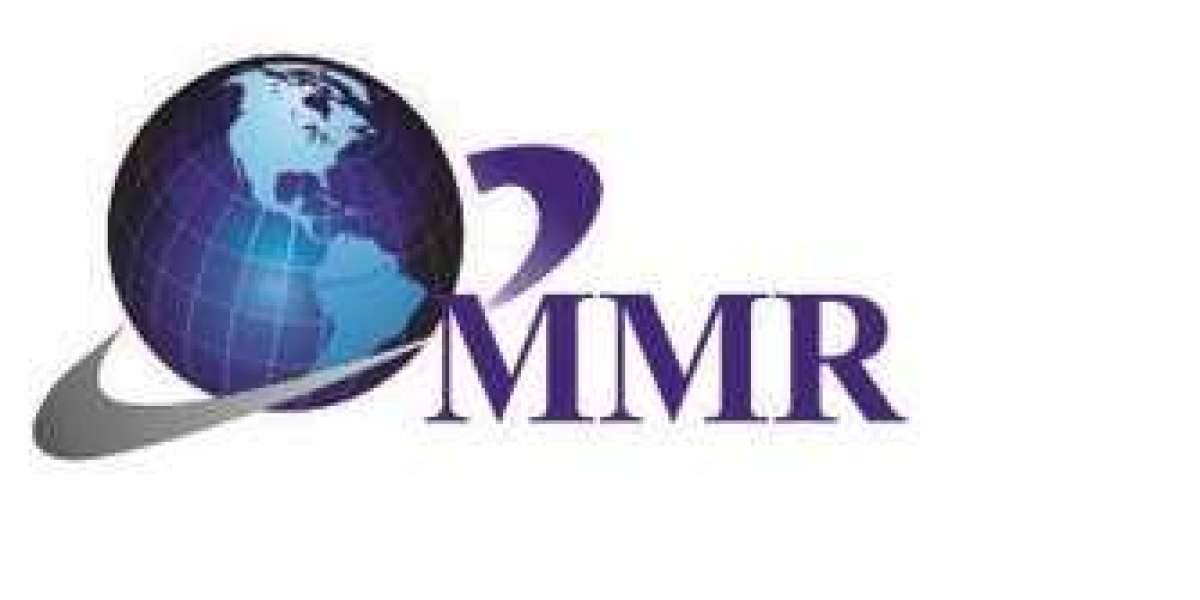NaaS, or Network as a Service, is revolutionizing the way organizations manage and utilize their network infrastructure. It offers a flexible and scalable solution that allows businesses to access networking resources and capabilities through the cloud, without the need for owning and maintaining physical hardware. In this article, we'll explore the concept of NaaS, its benefits, key features, and how it is reshaping modern network architectures.
Understanding NaaS (Network as a Service)
NaaS, Network as a service, is a cloud-based networking model that provides organizations with on-demand access to networking resources and services. Instead of investing in and managing traditional networking hardware and infrastructure, businesses can subscribe to NaaS offerings from service providers. NaaS operates on a subscription-based model, where organizations pay for the networking services they use, much like other cloud-based services.
Benefits of NaaS
Cost Efficiency: One of the primary advantages of NaaS is cost savings. By eliminating the need to purchase and maintain physical networking hardware, organizations can significantly reduce capital expenditures (CapEx) and operational costs (OpEx).
Scalability: NaaS offers scalability on-demand. Organizations can easily scale up or down based on their changing networking needs, without the constraints of physical hardware limitations.
Flexibility and Agility: NaaS provides flexibility to adapt to evolving business requirements. New networking services or features can be quickly provisioned and deployed without the need for complex hardware installations.
Centralized Management: With NaaS, network management becomes centralized and simplified. Administrators can manage and monitor the entire network from a single dashboard, regardless of the physical locations of network components.
Improved Security: NaaS providers often offer robust security features, including encryption, firewalls, and intrusion detection. This helps enhance network security and protect sensitive data.
Key Features of NaaS
Virtualized Networking Resources: NaaS leverages virtualization technologies to create virtual instances of networking components such as routers, switches, and firewalls. These virtual resources can be dynamically allocated as needed.
Software-Defined Networking (SDN): SDN is a core component of NaaS, enabling programmable and automated network management. SDN separates the control plane from the data plane, allowing for centralized network control and agility.
Subscription-Based Pricing: NaaS follows a pay-as-you-go model, where organizations pay for the networking services they consume. This subscription-based pricing model offers cost predictability and flexibility.
Self-Service Provisioning: NaaS platforms often include self-service portals that allow users to provision and configure network services on-demand. This empowers organizations to rapidly deploy new services without manual intervention.
Multi-Tenancy Support: NaaS supports multi-tenancy, allowing multiple organizations or departments to share a common network infrastructure while maintaining isolation and security.
Use Cases of NaaS
Branch Office Connectivity: Organizations with multiple branch offices can use NaaS to provide secure and reliable connectivity between locations without the need for dedicated hardware at each site.
Cloud Connectivity: NaaS facilitates seamless connectivity to cloud services and platforms. Organizations can easily integrate their on-premises networks with public or private clouds.
Remote Workforce Support: With the rise of remote work, NaaS enables organizations to extend their network services to remote employees securely. Employees can access corporate resources as if they were in the office.
IoT and Edge Computing: NaaS supports the networking needs of IoT (Internet of Things) devices and edge computing environments. It provides the connectivity and agility required for IoT deployments.
Adoption and Future Trends
The adoption of NaaS is on the rise as organizations seek more flexible, cost-effective, and scalable networking solutions. As technology evolves, we can expect to see further integration of NaaS with emerging technologies such as 5G, IoT, and edge computing. The future of networking lies in cloud-based, software-defined solutions that offer agility, efficiency, and enhanced security.
Conclusion
NaaS (Network as a Service) represents a paradigm shift in how organizations manage and utilize their network infrastructure. By leveraging cloud-based, virtualized resources and software-defined networking (SDN), NaaS offers numerous benefits including cost efficiency, scalability, flexibility, and centralized management. From branch office connectivity to supporting remote workforces and IoT deployments, NaaS provides a versatile solution for modern networking needs. As businesses continue to embrace digital transformation, NaaS is set to play a pivotal role in shaping the future of network architecture.
For more info. visit us:



